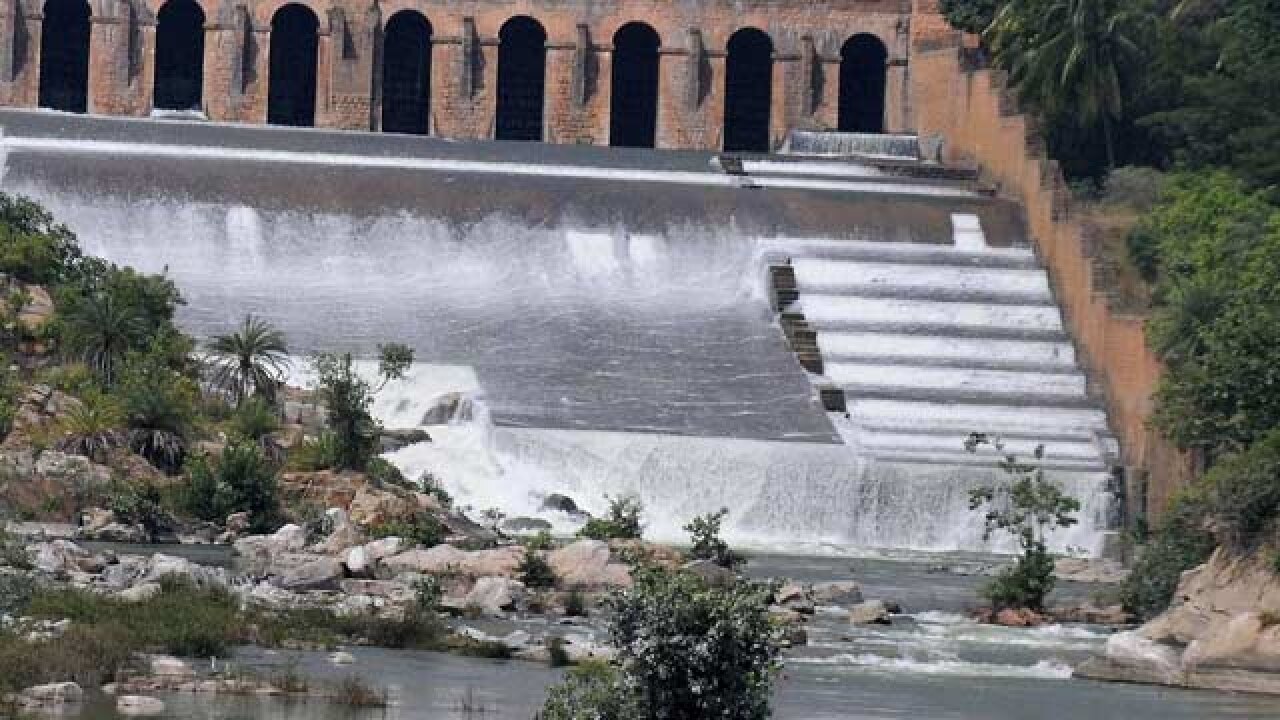
The Centre’s u-turn on the constitution of a Cauvery Management Board reveals how all the stakeholders in the dispute continue to fumble in their response to an emotive issue that has put Karnataka and Tamil Nadu on collision course. Initially, the Centre expressed willingness to form the Board but on Monday asked the Supreme Court to modify its earlier order directing the Centre to form the CMB. The Centre told the court that Article 262 of the Constitution stated that “Parliament may by law provide for the adjudication of any dispute or complaint with respect to the use, distribution or control of the waters of, or in, any inter-State river”. Moreover, Article 262(2) also states that Parliament could enact a law to forbid the Supreme Court from intervening in such disputes. Accordingly, the Centre pointed out that the Inter-State River Water Disputes Act, 1956, was enacted, under which the Cauvery Water Dispute Tribunal (CWDT) was formed. According to Section 6 of the Act, when the award of a Tribunal is published in the gazette, the decision shall be “final and binding” on all parties and will have the “same force as an order or decree of the Supreme Court”.
Such being the constitutional and statutory position, the Centre has argued in the Court that there was no scope for adjudication by the Supreme Court in river water sharing disputes. This also puts a question mark over the appeals by the two states against the CWDT award directing TN to transfer 192 tmc to Karnataka during a normal monsoon year. Unfortunately, neither the CWDT nor the central government have done its job well. The CWDT did not provide specific numbers for the sharing of river waters during a year when the monsoon rainfall is scanty but merely stated that the allocated shares of the four riparian states are to be proportionately reduced in a distress year. However, the trouble with this formula is that it does not attempt to understand the differing priorities in a drought year. It can be argued that water for drinking purposes must take precedence over irrigation. This has been Karnataka’s argument but Tamil Nadu has refused to accept it pointing out that thousands of farmers in the Cauvery delta region are awaiting water for the samba crop. The samba crop is usually sown in August and TN must plan its cropping strategy by taking into account the rainfall received in catchment areas in the upper reaches of the Cauvery in June and July.
The Centre has also contributed to the present dispute by accepting the water-sharing award in 2013 but failing to create a Cauvery Management Board and Regulation Committee as proposed by the Tribunal. The CMB was conceived as a central government body with five central appointees and one member each from the four riparian states. The Centre appears to have chickened out from creating the CMB because of the tough job of mediating in inter-state disputes. But the CMB would have helped the riparian states plan better water management techniques and as an expert body, would have been better placed to manage disputes rather than the Supreme Court. The political ramifications over the Centre’s stance on the CMB in the Supreme Court is already in evidence. Tamil Nadu politicians have taken out a March in Delhi because they believe that the Centre is being pressured by BJP leaders from Karnataka. Similarly, Karnataka believes that it has not received a fair deal in the Supreme Court. The Centre must not lose any more time in setting up a CMB with statutory backing from Parliament. Similarly, the two major riparian states, Karnataka and Tamil Nadu must stop sniffing conspiracies and solve their differences through dialogue.